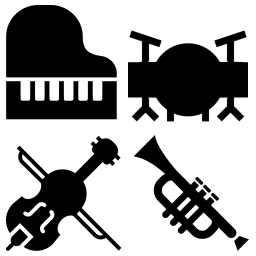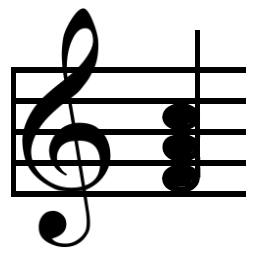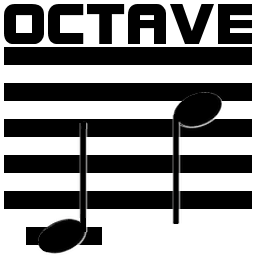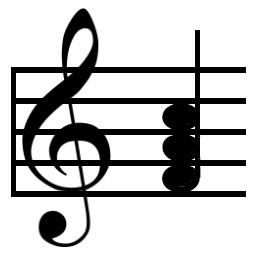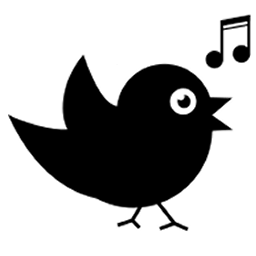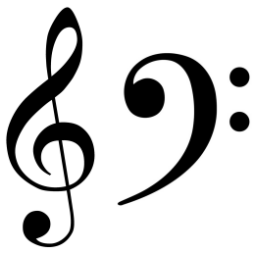Music is your representative. When you send your representative out, you want it to make a good impression. Your music says a lot about you; who you are, what you stand for. That said, the first thing you should consider about your music is what you are going to do with it...
So we asked, what in the world is a "genre?" This is one of the strangest terms. What is it and how is it applied to music? Simply put, it is a word for the different musical categories, marketing groups, or a certain style of music. The word 'genre' is from the 19th century French language based on Latin which literally means "a kind"...
I once saw a t-shirt which read "They are watching you and they are out to get you!" It was merely a joke that could perhaps carry some truth in it. We know we're being watched. Revelations like this tune inform us. Don't be thrown off by claims versus reality. We're not stupid...
If we can, we want to make a difference to help make things better or at least matter. We're all dreamers, that's for certain and I get it; you want nice things, cool things. You hope to accomplish big things. Nothing wrong with that but just how far are you willing to go to get them?
Download free images, notation, fonts, icons, audio clips, etc.
A chromatic key is described as the pitch of a tone measured in vibrations per second or the pitch range of a scale, instrument, or composition, that range being the distance from the primary keynote to it's octave up or down the scale. Enharmonic is the identical tone or chord included within a different key or scale.
A chromatic interval is described as the number of steps between tones, a step being the distance of pitch from one tone of the scale to the next or the distance between two notes of a scale and on the staff. The interval (third, fifth, octave, etc) is merely a method of separating and identifying that distance of tones or chords between the different keys
Introduction - A Unique Musical History by RDBuras is not a reference manual. It is a story about the historical growth and development of music written from the author's unique point of view.
A descriptive listing of the staves with illustrations. The musical staff is constructed of 5 horizontal lines separated by 4 spaces used for the placing of the symbols of musical notation of the major and minor scaling systems.
They say that music imitates life. Sometimes it’s the other way around. We all know of various connections our music has with the things around us. Some things just happen naturally and can readily be interpreted as song. Perhaps the rustle of the wind through the trees might be heard as applause for the voice of the songbirds..
A descriptive listing of all Clefs including illustrations. A clef is placed at the beginning of the first measure of the staff indicating the pitch of the instrument for which the music is written.
It would seem that Primitive music has always been here. No one can say for sure just when, where or how people first started making music. It undoubtedly stemmed from the very things we do today to amuse ourselves. Tapping a foot or clapping hands have always been a means of musical expression.



